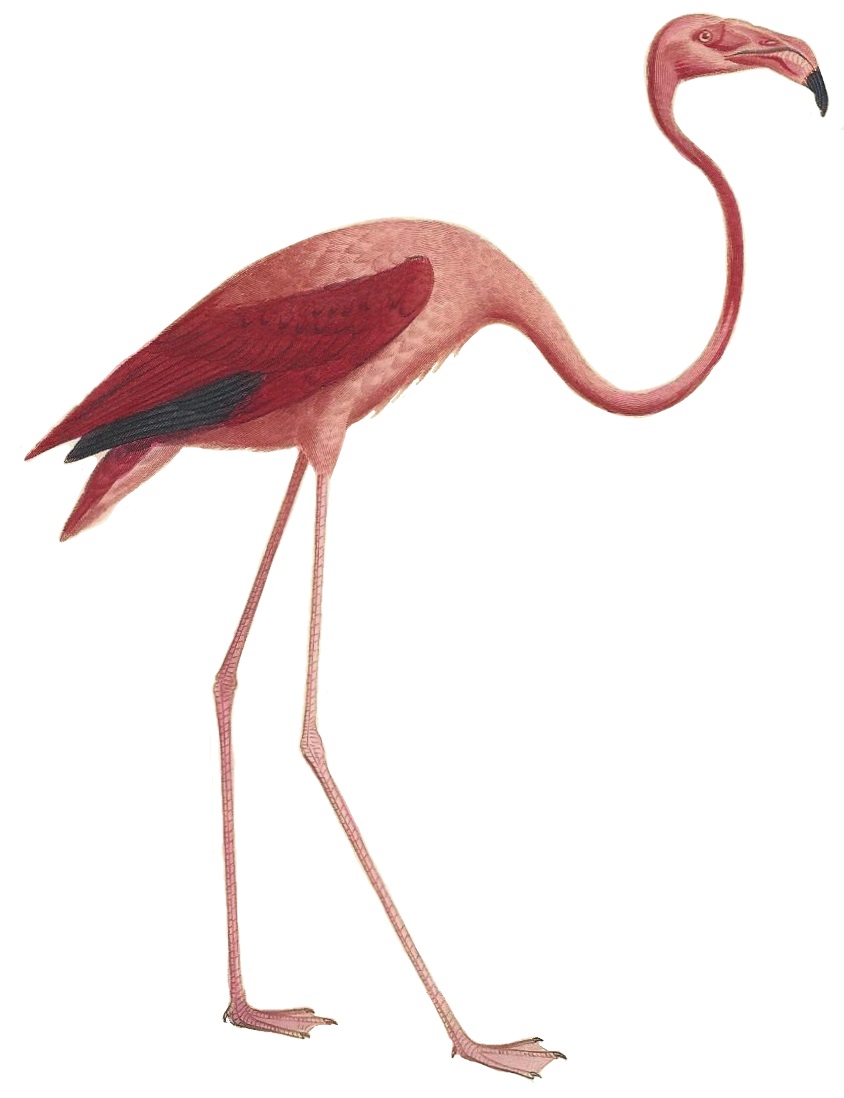|
Aequorlitornithes
Aequorlitornithes is a clade of waterbirds recovered in a comprehensive genomic systematic study using nearly 200 species in 2015. It contains the clades Charadriiformes (waders and shorebirds), Mirandornithes (flamingos and grebes) and Phaethoquornithes (Eurypygimorphae and Aequornithes). Previous studies have found different placement for the clades in the tree. A 2024 study used Aequorlitornithes for a similar clade, which they recovered as part of Aquaterraves. This clade also included Opisthocomiformes and excluded Charadriiformes, which they recovered in Litusilvanae, a novel clade within Aquaterraves, which also included Gruiformes The Gruiformes ( ) are an order containing a considerable number of living and extinct bird families, with a widespread geographical diversity. Gruiform means "crane-like". Traditionally, a number of wading and terrestrial bird families that ... and Caprimulgimorphae. References Neognathae {{bird-stub ... [...More Info...] [...Related Items...] OR: [Wikipedia] [Google] [Baidu] |
Aquaterraves
Aquaterraves is a proposed clade of birds, located at the base of the Neoaves, neoavian radiation as sister to Telluraves. The 2024 study that recovered the clade found it to include two strongly supported branches, Aequorlitornithes (including core waterbirds Aequornithes and their relatives) and the newly established Litusilvanae (uniting Charadriiformes, Gruiformes, and Caprimulgimorphae), as well a third branch containing Columbiformes and related taxa that have had an unstable position in previous phylogenomic studies. Paleohistory The divergence of Aquaterraves from Telluraves was estimated to have occurred around 87 Mya (million years ago), while the split of Aquaterraves itself was estimated at 81 Mya. Phylogeny References Neognathae {{bird-stub ... [...More Info...] [...Related Items...] OR: [Wikipedia] [Google] [Baidu] |
